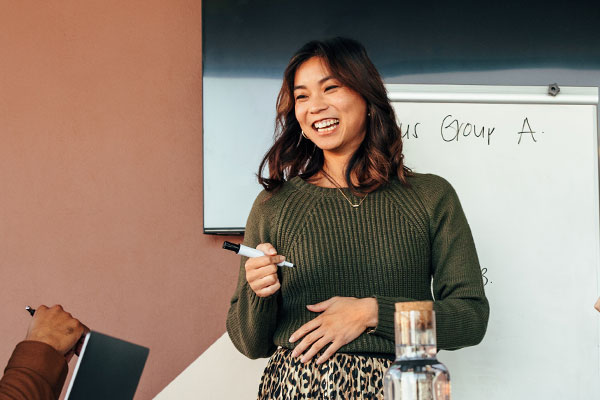Featured webinar series
Watch webinar recordings


Browse the list of all webinars or filter using popular tags, sign up to join us for our upcoming webinars or view past webinars.
Upcoming webinars
Sorry, there are no webinars to display.
Blogs from Pearson
Sorry, there are no blog posts to display.


